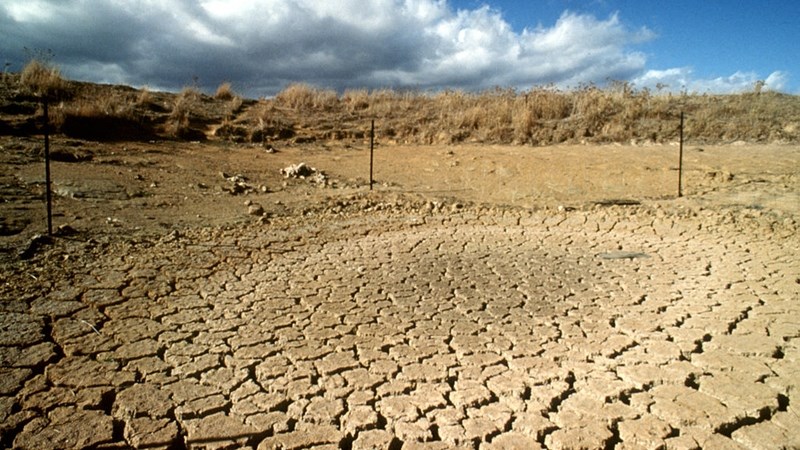Agriculture
El Niño on the cards for South Africa─── ELSABÉ RICHARD 05:00 Mon, 06 Feb 2023

Drier and hot conditions could pose another threat to South African farmers – who are already facing challenges due to load-shedding - as El Niño is looming.
This phenomenon is the opposite of La Niña, which increases the likelihood of above-normal rainfall over South Africa.
The chief economist of the Agricultural Business Chamber of South Africa (Agbiz), Wandile Sihlobo, describes the past four seasons as good in his weekly update on global and local agricultural markets, saying La Niña induced heavy rains from 2019/20 to 2022/23.
LEES OOK: Reën vir Februarie voorspel; bring verligting van hitte
“These above-normal rains supported agriculture leading to higher yields across various field crops, fruits and vegetables. The livestock industry also benefitted from improved grazing pasture.
“Importantly, having four consecutive La Niña seasons was an unusual occurrence. The typical cycles are two seasons of higher rainfall followed by normal-drier seasons.
"Excluding the current trend, the only other period in the recent past with three successive years of conducive weather conditions and a large crop harvest ran through 2007/08, 2008/09, and 2009/10 production seasons. This period brought a sizeable agricultural yield to the country.
“But the scientists at the International Research Institute for Climate and Society at Columbia University see a potential occurrence of an El Niño later in the year.”
Sihlobo explains that the institute stated in an update on 19 January, there is a 44% likelihood that El Niño will remain low through May to July 2023, but becomes dominant after that with probabilities in the 53-57% range.
“Such a weather phenomenon would bring below-normal rainfall and hotter temperatures in South Africa. If it is intense, this could resemble the bleak agricultural conditions we witnessed during the last El Niño drought in the 2015/16 season, where staple crops such as maize dropped to 8,2 million tonnes, well below South Africa's consumption levels of 11,8 million tonnes.
“This shortfall necessitated imports of maize to supplement domestic needs.
“Other field crops, fruits, vegetables and livestock also experienced severe losses. But if the El Niño is mild, crop declines could resemble the 2018-19 episodes, where the reduction in staple crops such as maize was not aggressive.
“The total maize harvest that year was 11.8 million tonnes, in line with the annual consumption level.
“For comparison, in the past three seasons (excluding the current 2022/23), South Africa's maize harvest averaged 16,8 million tonnes and ensured that South Africa remains a net exporter of maize,” concludes Sihlobo.














